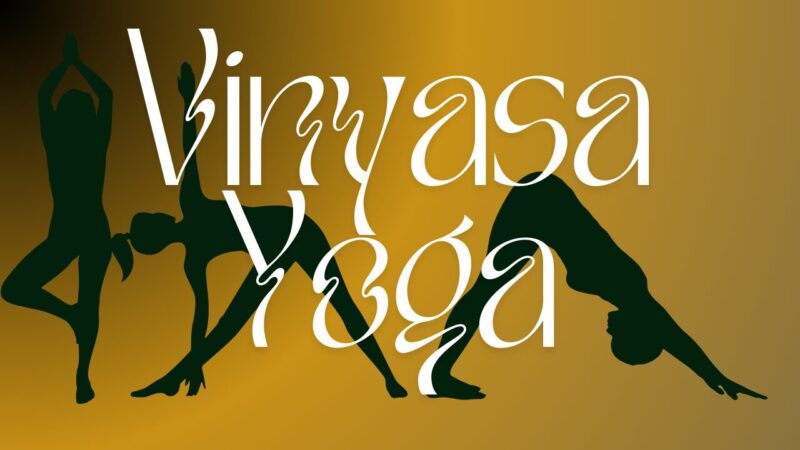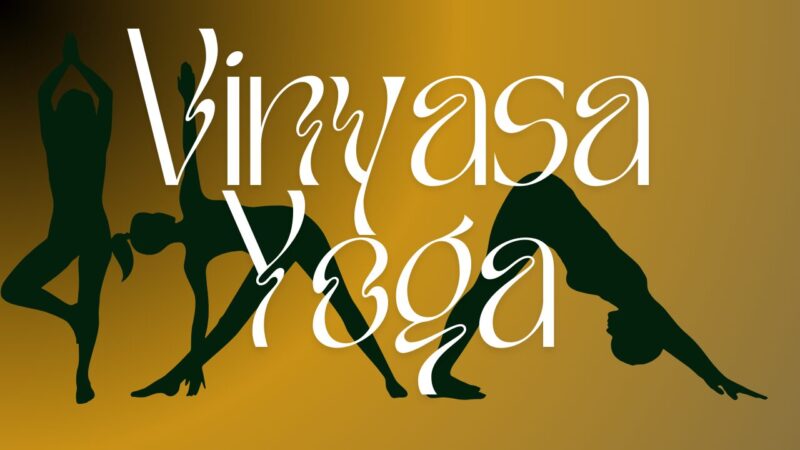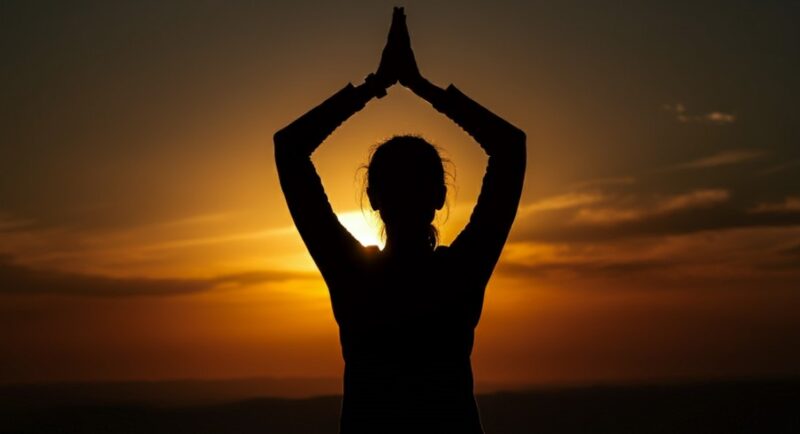
Share Post:
Mantras have been part of spiritual traditions for thousands of years, originating in cultures and practices ranging from Hinduism and Buddhism to modern-day self-help.
At their core, mantras are tools for the mind, created to help focus thoughts, promote well-being, and foster spiritual transformation.
Each type of mantra serves a different purpose, resonating with particular energies, deities, or abstract concepts. Let’s explore different types of mantras and how they work to create balance, inner peace, and deeper connection.
1. Bija Mantras (Seed Mantras)

Bija mantras are short, potent sounds that carry immense spiritual energy. Just one syllable can encapsulate vast forces of the universe, making them particularly powerful tools for transformation.
Think of them as the building blocks for other mantras. Here are some common bija mantras and their meanings:
- Om: Often called the primal sound, Om represents the essence of the universe. When chanted, it’s said to connect us with the divine, the energy that flows through all things.
- Ram: Associated with fire and solar energy, Ram is believed to embody strength and vitality.
- Kreem: Connected with the goddess Kali, Kreem is all about empowerment and overcoming obstacles.
- Shreem: This mantra calls in abundance and prosperity, making it popular for those seeking wealth and success.
Bija mantras are often repeated on their own or combined with longer mantras to enhance their power. Despite their simplicity, these mantras work on deep levels, cutting through mental clutter and bringing clarity.
2. Saguna Mantras (Mantras with Form)
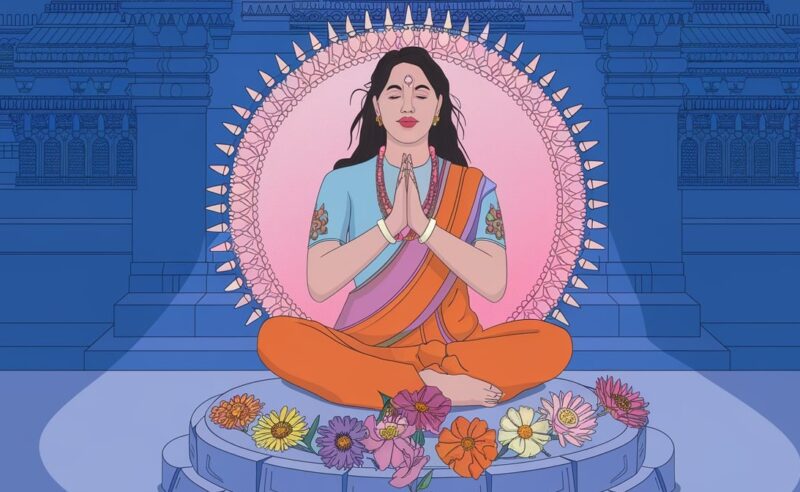
If you’re someone who feels drawn to specific divine forms or deities, saguna mantras might resonate with you.
These mantras are personalized, often invoking gods or goddesses to help channel specific energies. Here are a couple of well-known saguna mantras:
- Om Namah Shivaya: This mantra calls upon Lord Shiva, the god of transformation and destruction. It’s often chanted to remove ego and awaken higher consciousness.
- Om Shreem Mahalakshmiyei Namaha: Dedicated to Goddess Lakshmi, this mantra is a request for abundance and well-being.
Saguna mantras often involve visualization of the deity being invoked. When you chant “Om Namah Shivaya,” for example, you’re not just repeating words—you’re calling on the qualities that Shiva represents: transformation, wisdom, and the destruction of ego.
3. Nirguna Mantras (Mantras without Form)
For those looking to connect with the more abstract, universal truths, nirguna mantras are a perfect fit. They don’t focus on any specific deity or form, instead, they aim to connect you with concepts like consciousness, peace, or truth. Here are a couple of examples:
- So Hum: Translating to “I am that,” So Hum connects the individual with the universe. It’s often used in meditation to dissolve the sense of separation, reminding us that we are one with everything.
- Aham Brahmasmi: This mantra means “I am Brahman,” referring to the idea that we are all part of the ultimate reality. It’s a reminder that the divine is within us, not something external.
Nirguna mantras are especially favored in non-dualistic traditions, where the goal is to transcend the physical world and connect with the divine essence beyond form. Chanting these mantras can bring a deep sense of inner peace and clarity.
4. Japa Mantras (Repetitive Mantras)

Japa is the practice of repeating a mantra continuously, either aloud, in a whisper, or silently in the mind. This repetitive practice is a powerful form of meditation, helping to still the mind and focus on a single point. Japa can be done in three different ways:
- Vachika Japa: Vocal chanting, where you say the mantra out loud.
- Upamsu Japa: Whispering the mantra, so only you can hear it.
- Manasa Japa: Repeating the mantra silently in your mind.
To aid in concentration, many people use mala beads (a string of 108 beads) to keep track of how many times the mantra has been repeated. Each bead represents one recitation, making it easy to focus without counting.
Japa mantras are a great way to purify the mind, helping to replace negative thought patterns with positive ones. Over time, this practice can lead to profound shifts in consciousness and well-being.
5. Shlokas (Verse Mantras)
Shlokas are longer, poetic verses from sacred texts like the Bhagavad Gita, Vedas, or Upanishads. They are often recited during rituals, prayers, or meditation sessions and can carry deep philosophical or spiritual meanings.
One of the most well-known shlokas is the Gayatri Mantra, a prayer to the sun that invokes divine wisdom: “Om Bhur Bhuvaḥ Swaḥ, Tat-savitur Vareṇyaṃ, Bhargo Devasya Dhīmahi, Dhiyo Yo Naḥ Prachodayāt.”
Chanting shlokas can be incredibly meditative. They require focus and presence, which helps calm the mind and deepen your spiritual practice.
How Mantras Work
Now that we’ve explored different types of mantras, let’s look at how they actually work. Mantras aren’t just about the words themselves—they have a powerful impact on the mind, body, and spirit.
The Power of Vibration
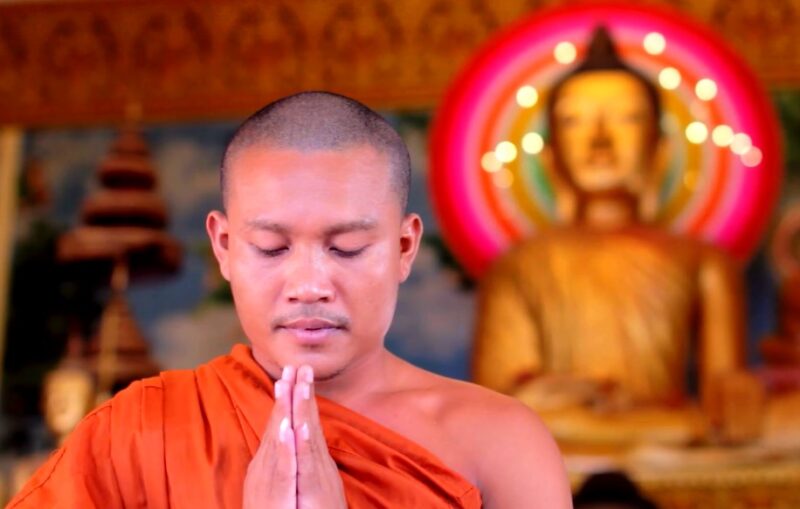
Each mantra carries its own unique vibration. When you chant or repeat a mantra, those vibrations affect both your body and your mind.
For instance, the sound “Om” is said to resonate with the crown chakra, connecting you to higher states of consciousness. Mantras with specific syllables can activate different energy centers in the body, helping to harmonize and balance them. Speaking of which, find out what it means to be a high-vibration person.
Focus and Concentration
Mantras are often used as a tool to help focus the mind. By repeating the same phrase over and over, you give your brain something to concentrate on, which can quiet mental chatter.
Over time, this focused repetition helps deepen meditation and can even lead to altered states of consciousness.
Spiritual Transformation
For many, mantra practice is more than just a way to focus or relax—it’s a tool for spiritual growth. When you chant a bija mantra, for example, you are awakening a specific energy within yourself.
When you chant a saguna mantra, you are cultivating a relationship with a divine aspect. This constant repetition transforms your mind, helping you rise above your ego and connect with something greater than yourself.
Neuroscience and Mantras

Interestingly, modern science is beginning to catch up with what ancient spiritual traditions have known for centuries.
Aviva Berkovich-Ohana’s study demonstrates that repetitive speech (which can include mantras) leads to widespread changes in brain activation, evidenced by a reduction in BOLD signal.
Regular mantra practice can increase focus, calm the nervous system, and even enhance memory and emotional regulation. It’s a practice that not only affects the mind but can also create lasting physical changes in the brain.
Cleansing and Protection
Mantras are often used to cleanse negative energy. Certain mantras, like “Kreem,” are believed to clear obstacles—both internal and external.
This cleansing effect extends beyond the practitioner’s mind; it’s said to influence the environment as well, creating a sense of peace and protection.
Final Thoughts
Mantras are more than just words—they are tools that can reshape our inner and outer worlds. From the simple power of bija mantras to the divine connection of saguna mantras, there’s a mantra for everyone.
If you’re seeking mental clarity, emotional balance, or spiritual growth, there’s a mantra out there that can guide you along the way. No matter which type of mantra you resonate with, the key is consistency.
With time and dedication, the simple act of repeating a few sacred sounds can lead to profound transformation. Let your mantra be your guide.





